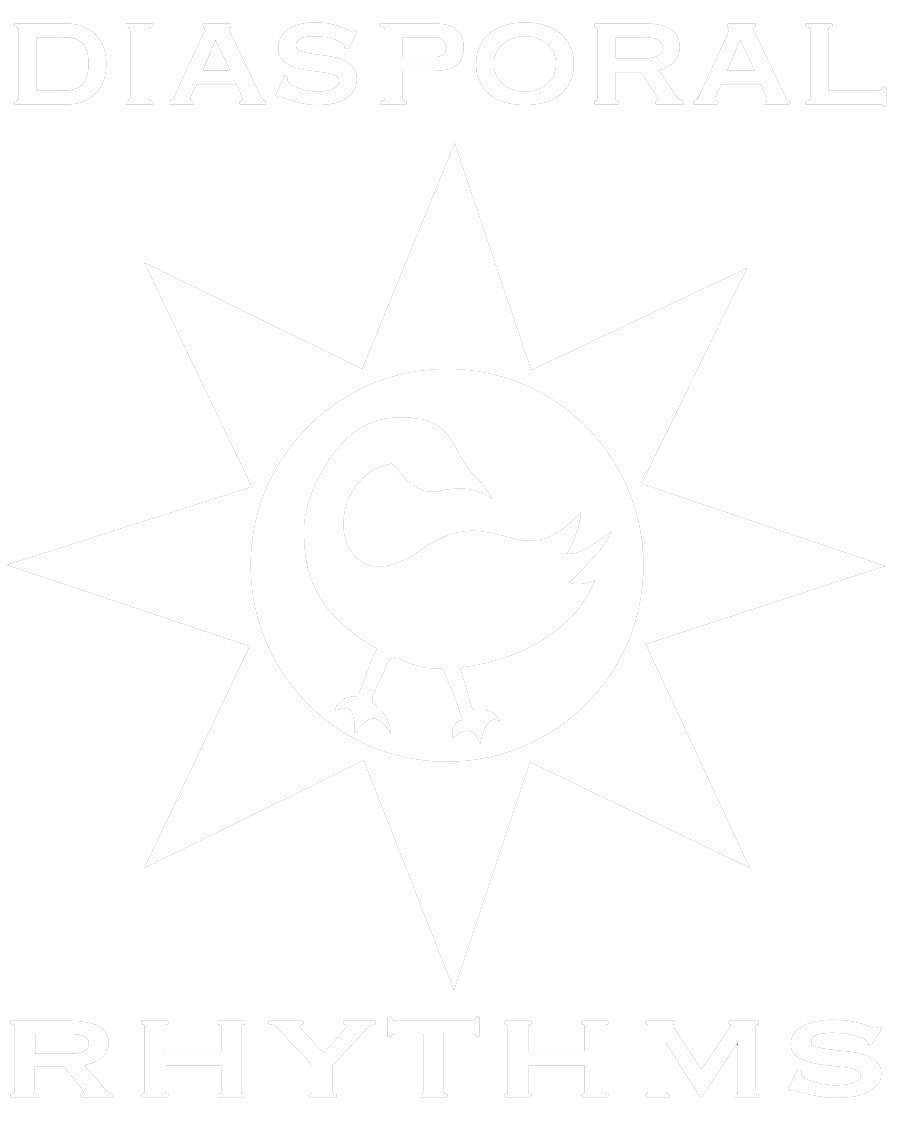
I picked up the art collector in me, on the wrong side of the road, in an American neighborhood.
An article by Siphiwe Ngwenya
I picked up the art collector in me,
on the wrong side of the road,
in an American neighborhood.
An article by Siphiwe Ngwenya
This is a story of how my journey in art collection began in Chicago Illinois. My name is Siphiwe Ngwenya.
From one of the first South African labor camps, situated without trees, in the biggest man-made forest in the world, I emerge, a multimedia artist, traveler and destination developer.
The first time I went out of the continent from my neighborhood, was to Antarctica. An odd but exciting gift from God because there are many from my neighborhood who have never left the local community border. When I am home, I feel the most comfortable. When I am outside, I feel the freest to engage. Even clearer to my family totem poetry: when I am asleep, I am like the sea, when I wake, I am like the mountain. I embody these words in my life subconsciously.
Travelling to America has been on my bucket list, following 51 other countries in Africa. However, life never goes as you plan. I instead got the opportunity through a program that forms part of America’s age-old mission to scope out and select South Africans to bring to America for training in business, politics, and civic leadership. The program I chose to apply for was the Mandela Washington Fellowship in 2015 with a focus on entrepreneurship at Northwestern University, Chicago Illinois.
From the sunny township of South Africa to the place of the great Dusable. This was a journey I embarked on, and I was about to participate in it with my entire heart.
First, I needed to understand where I was going, the people, where they are and why they are there. Dot maps, this is where I began, a system that categorizes maps by showing a colored dot to represent a person and their race and where they live in a particular area. From there, I knew where large clusters of different races were situated through Chicago’s dot map system (which has since been removed).
The first thing I did on my arrival in Chicago was to ask my facilitators how to get to the neighborhoods where there were African American clusters, without blurting it out, of course. I had memorized the areas and easily pointed them out on our induction maps. I knew where my tribe was calling. I was told upon inquiring however that my place of interest was a no-go area as it was industrial. This really was for my safety in the eyes of someone who themselves had never ventured into this territory, at the same time also tasked with looking after me during my stay. So, I didn’t and don’t take the advice personally.
It seemed I would have to find my own way,so I let it go for the moment and went out to unwind on a game of basketball with the fellow Africans I was travelling with. As we played, an artsy, young looking but elder brother passed by the courts and paused a bit to take pictures of our group. No one paid attention, so as he left, I stopped playing and followed him. He was going to our residence. I called out to him and asked him who he was and why he was taking pictures of us. He let me know his name is Jimi King and that he was there to meet a Nigerian fellow who was part of the same program my group seemed to be on. I questioned more about what he did and why he was meeting his contact. He revealed that he was an artist and that he was in Chicago for an art fair. While in Chicago he would meet his contact before going to the art fair. I further asked him where this art fair was, and he mentioned an area that fascinated me on the dot map. This was just up my alley. I told him who I was and that I too was an artist. I also told him that I was interested in where he was going, after which he invited me to join him. This is where my story of exploring art collection began.
Upon our arrival at the art fair on the South Side of Chicago, I was struck by the fact that the venue was a parking-lot which had been turned into an arts market with different stalls for creators. The art fair featured musical bands, artists, food, and art lovers from all over the neighborhood! I was home. Mr King introduced me to Mr Marvin Sin and his wife Ms Akosua Bandele and Ms Cynthia Bowman – awesome crafters, thinkers, and creators. As we spoke, they mentioned how they had a friend who was going to perform in South Africa at the same jazz festival where my wife and I always attend to celebrate our wedding anniversary. When my wife and I last attended the Joy of Jazz Festival, we saw one of our favorite musicians, Gregory Porter. They called their friend Ms Dee Alexander, who made her way over. I didn’t know back then how great of a singer she was. I was pleased when she offered to take me off Mr Kings hands because after the arts fair, she was going to see Gregory Porter perform with the legendary Dianne Reeves. A small world! This was certainly a noteworthy first day in the land of the great Dusable!
If my first day was like this, I knew something was going on. I stayed in contact and kept in the loop with similar events in the neighborhood. Through Ms Cynthia Bowman and Ms Denishia Kinney I was able to meet members of the South Side community, as family and an international neighbor. Cynthia Bowman, an avid collector of fine art, knew of my passion and extensive work of turning homes into art galleries in the neighborhoods of South Africa and she suggested I meet with Mr Patrick McCoy from Diasporal Rhythms, a local arts collector society. The lines were all connecting and practically pre-ordained.
At one of the arts markets that Cynthia Bowman and Denishia Kinney would invite me to visit, we met Mr McCoy. A thick calved, grey haired, art collector brother with soul, who rides a bike wherever he needs to go. On sharing what I do with him, he agreed for us to connect, and the rest is the future. In a blink, I was on a bike on the wrong side of the road, as I acquainted myself with a bike, the American roads, and the fact that I am on a bike convoy with the president of the best and first African arts collector organization that favors the home as the preserver of local art. He would lead me to see the art collections in the homes of art collectors like Raub Welch, Daniel T. Parker and many more. Mr McCoys home and collection alone would need an entire book as each and every time I entered his home I saw many new artworks that were there before but allowed me to pass right by them for the opportune time.
From our many conversations with Mr McCoy it became very clear that I had a received a mentor who unleashed the collector in myself. From now on the families, I worked with in South Africa to convert their homes into galleries, would now become art collectors instead of just being the sellers of art. This made sense to me. Our homes are the centers for local artists. These homes in our neighborhoods should be places to preserve art so that a powerful cyclical model of archiving, distribution, and asset building flourishes. In 10 years’ time, we should aim to have an international network of local arts collectors that take the future of local art and art collection very seriously. In understanding my South African township as a labor camp for the powers that be, I realized that I was starting and innovating on a concept that will positively change how people from townships and neighborhoods would see themselves in this international economic quagmire of the arts industry.
In a nutshell, I am now an art collector. I bought my first piece from Nkwame Johnson’s son Amir Johnson. His work, Ice man, still prevails in my collection. Many more works have joined the family and I am proud of what I have learned on my journey with Diasporal Rhythms.
Raub Welch followed me to South Africa together with Susan M. Carmouche and as part of their holiday they came to see and experience my gallery home tours in the townships of Cape Town, South Africa. Ken Howard and his family also did the same. A group from Northwestern University also did the same. The home as a place to preserve our local art is the future, especially for our communities in neighborhoods and townships across the world.
The biggest and most notable is the future of Diasporal Rhythms in Africa. I have fashioned myself an ambassador of sorts because I see and understand the vision. I want my people here in South Africa to also see what I see. I imagine a future where one can travel to South Africa just to see its gallery homes and then leave on a flight to the South of Chicago just to see the gallery homes there. An international neighborhood story of note. I spoke to Mr McCoy about this idea and he introduced me to Mr DE Simmons. We have only met virtually once every single week since September 2021. It is now 2022 and I feel the space when the week goes by without our organizational meetings. South Africa/Africa’s and America’s neighborhoods are about to see an introduction of a new way of doing things in the arts; both for international social cohesion and the building of an industry that starts and ends with us. I hope to see more members from Diasporal Rhythms visiting South Africa to share their wisdom in the collection, preservation and activism of the arts. Who knows where the future will take us when we put our minds, histories and cultures together for the benefit our communities.
The Chi, the place of the great Dusable to me though, must be one of best places to visit in all my trips around America. The innovative culture of art collection in its communities and the vibrant power in the elders will continue to inspire me greatly.


